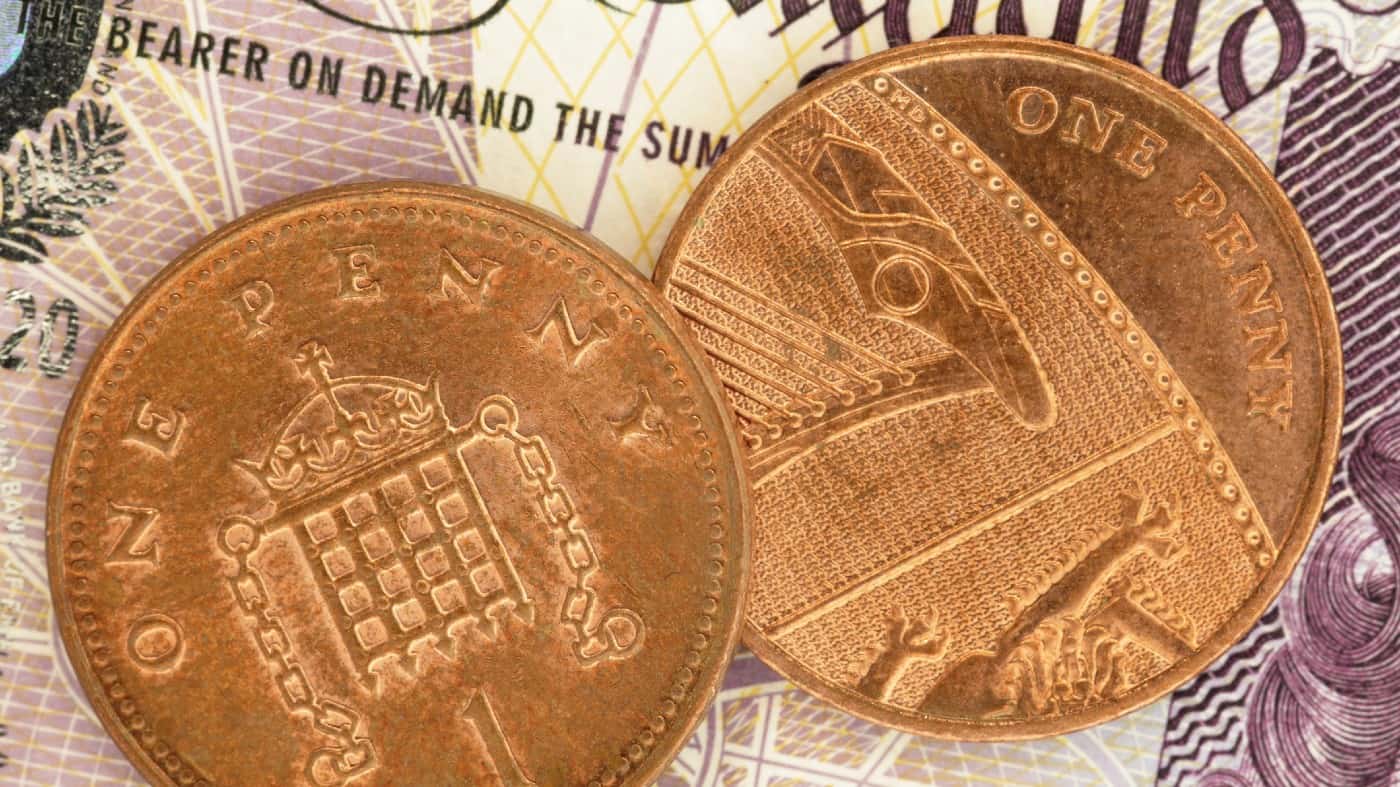For some investors, the allure of a penny share is eternal. Selling for pennies means that such stocks can look cheap.
Some penny shares go on to make huge returns — doubling, tripling, quadrupling, or even better. But many do not. More than a few end up becoming worthless.
So, if I had a spare £300 and wanted to buy penny shares, here is the approach I would take.
Getting to grips with value not cost
Just because something sells for pennies (or even fractions of a penny) does not necessarily make it cheap. In fact, it could be very expensive.
Why?
Value is not about what something costs, but what it is worth. If it is ultimately worth zero, then paying even a couple of pence for it is ultimately like burning money.
Some penny shares look worthless to me as soon as I see them – for example, they may have no revenue, heavy losses, and no obvious future source of revenue or profits.
In such a case, cash on the balance sheet might help support the share price, but if the company continues to burn cash, it can end up worthless.
Other situations can be more nuanced.
Consider potential turnaround situations of once-successful companies that have encountered difficulty and trade as penny shares. In recent years there are a host of examples, such as Laura Ashley and Cineworld. Some investors loaded up on the penny stocks, in the hope of a business turnaround that never materialised.
Being a good investor
I think the lesson there is that what makes a good penny share is what makes a good share at any price: paying substantially less for a stake in a business than it is ultimately worth.
Penny shares can sometimes come with challenges that are less common in much bigger companies, though. For example, a smaller market capitalisation can sometimes mean there are no large institutional shareholders with costly stakes monitoring corporate governance as with most FTSE 100 companies.
How I’d invest
Still, although my starting point would be looking for value, not focusing just on share price, if I did want to spend a few hundred pounds buying penny stocks for my portfolio, I would follow the principles of investing I set out above.
I always keep my portfolio diversified and that is true when it comes to penny shares too. If I wanted to invest only £300, I would split it across at least two shares. Ultimately I would focus on value, not just cost.
Let me illustrate.
I own penny share Topps Tiles (LSE: TPT). The shares sell for pennies and Topps’ market capitalisation is £88m.
But Topps is not some loss-making minnow with no revenues.
In fact, the decades-old retailer made record revenues of £263m last year. Profit after tax more than halved but still came in at £4m. The share currently has a dividend yield of 8% and looks cheap to me, as it sells on a price-to-earnings ratio of 10.
Tougher market conditions are a risk to profitability. Sales in the final quarter of last year showed a 4% year-on-year decline.
But with a well-known brand, large base of trade customers, economies of scale, and growing online presence, I think Topps Tiles shares look attractively priced.
This post was originally published on Motley Fool





